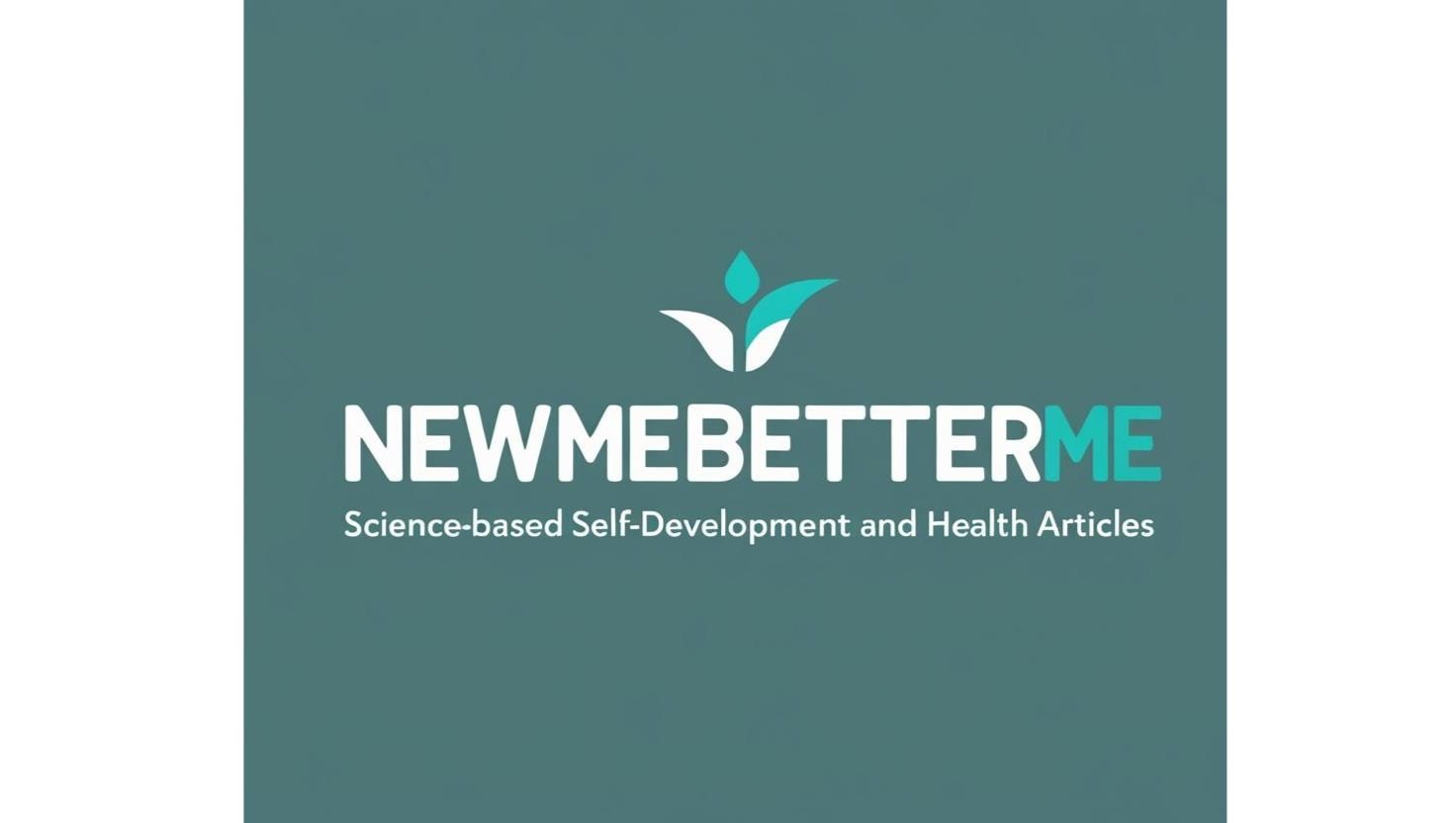Sleep Biohacking: Optimizing Rest for Peak Performance and Longevity
What is Sleep Biohacking?
Sleep biohacking involves scientifically backed techniques to enhance sleep quality, optimize circadian rhythms, and improve recovery. Quality sleep is essential for cognitive function, immune health, metabolism, and longevity. By implementing sleep biohacks, individuals can achieve deeper, more restorative rest and maximize overall well-being.
Key Principles of Sleep Biohacking:
- Optimizing Circadian Rhythms – Aligning sleep-wake cycles with natural light exposure.
- Enhancing Sleep Stages – Promoting deep sleep and REM sleep for optimal recovery.
- Tracking and Personalization – Using wearables and data-driven strategies to refine sleep habits.
- Minimizing Sleep Disruptors – Reducing environmental and lifestyle factors that impair sleep quality.
Sleep Biohacking Strategies
1. Blue Light Management
Blue light from screens and artificial lighting suppresses melatonin production, making it harder to fall asleep. Sleep biohackers use various techniques to mitigate blue light exposure and promote natural melatonin release.
Effective Strategies:
- Blue Light Blockers – Glasses with amber or red lenses that filter blue light.
- Night Mode & Screen Filters – Reducing screen brightness and enabling warm light settings (e.g., Night Shift on iPhones, f.lux for computers).
- Dimming Artificial Lights – Using low-intensity, warm-colored bulbs in the evening.
Scientific Evidence:
- A study by Chang et al. (2015) found that evening exposure to blue light disrupts melatonin secretion and delays sleep onset.
- Research by Gooley et al. (2010) suggests that reducing blue light exposure before bed significantly improves sleep efficiency and duration.
2. Cold Exposure and Temperature Regulation
Body temperature naturally drops during sleep. Biohackers leverage this process by using cooling techniques to enhance deep sleep.
Effective Strategies:
- Cold Showers or Ice Baths – Lowering body temperature before bed to signal sleep readiness.
- Cooling Mattresses & Pillows – Specialized bedding materials that regulate temperature.
- Optimizing Room Temperature – Maintaining a bedroom temperature of 16–20°C (60–68°F) for better sleep quality.
Scientific Evidence:
- Harding et al. (2019) demonstrated that lower bedroom temperatures enhance sleep onset and increase time spent in deep sleep.
- Krauchi & Deboer (2010) found that body cooling before bed improves sleep continuity and slow-wave sleep.
3. Sleep Tracking & Data Optimization
Tracking sleep patterns with wearable technology allows for precise adjustments in sleep routines and habits.
Popular Wearables:
- Oura Ring – Tracks sleep stages, heart rate variability (HRV), and temperature trends.
- WHOOP – Provides detailed recovery metrics and sleep debt analysis.
- Fitbit & Apple Watch – Monitor sleep duration and disturbances.
Scientific Evidence:
- Studies by de Zambotti et al. (2018) show that sleep tracking devices provide reliable sleep-stage analysis and help improve sleep hygiene.
- Research by Mantua et al. (2016) indicates that monitoring HRV can predict sleep quality and recovery efficiency.
4. Enhancing Sleep Environment
Creating an optimal sleep environment can significantly improve sleep efficiency and restfulness.
Key Strategies:
- Darkness – Blackout curtains or sleep masks to block light.
- Noise Reduction – White noise machines, earplugs, or soundproofing to minimize disturbances.
- Aromatherapy – Essential oils like lavender and chamomile promote relaxation.
Scientific Evidence:
- Research by Cajochen et al. (2011) suggests that exposure to artificial light at night reduces sleep depth.
- Lillehei et al. (2015) found that aromatherapy with lavender improves sleep onset and quality.
Getting Started with Sleep Biohacking
If you’re new to sleep biohacking, start with small, data-driven changes and monitor improvements in your sleep quality.
Step 1: Track Your Baseline
- Use wearables (Oura, WHOOP, Fitbit) to monitor sleep patterns.
- Maintain a sleep journal to track habits and symptoms.
Step 2: Implement Foundational Hacks
- Reduce blue light exposure 2 hours before bed.
- Optimize bedroom temperature and sleep environment.
- Follow a consistent sleep schedule, even on weekends.
Step 3: Experiment and Optimize
- Try cold exposure (cool showers or ice baths) to improve deep sleep.
- Use sleep supplements like magnesium, glycine, or melatonin if needed.
- Adjust bedtime habits based on sleep tracking data.
Potential Risks of Sleep Biohacking
While most sleep biohacking strategies are safe, extreme experimentation (e.g., sleep deprivation, polyphasic sleep cycles) may be harmful. Always consult a healthcare professional before making significant changes to your sleep routine.
Conclusion
Sleep biohacking is a powerful approach to enhancing rest, recovery, and overall health. By optimizing light exposure, temperature, and sleep tracking, individuals can improve sleep efficiency and performance. Whether you start with blue light blockers or experiment with cold therapy, biohacking allows you to take control of your sleep quality for better physical and cognitive health.
<– previous article: Nutritional Biohacking
–> next article: Fitness & Recovery biohacking
References:
- Chang, A.-M., et al. (2015). “Evening use of light-emitting eReaders negatively affects sleep, circadian timing, and next-morning alertness.” Proceedings of the National Academy of Sciences.
- Gooley, J. J., et al. (2010). “Exposure to room light before bedtime suppresses melatonin onset and shortens melatonin duration in humans.” The Journal of Clinical Endocrinology & Metabolism.
- Harding, E. C., et al. (2019). “The temperature dependence of sleep.” Frontiers in Neuroscience.
- Krauchi, K., & Deboer, T. (2010). “Body temperature and sleep.” Handbook of Clinical Neurology.
- Cajochen, C., et al. (2011). “Evening exposure to a light-emitting diode (LED)-backlit computer screen affects circadian physiology and sleep.” Journal of Applied Physiology.
- Lillehei, A. S., et al. (2015). “Effect of lavender aromatherapy on vital signs and perceived quality of sleep in the intermediate care unit: A pilot study.” American Journal of Critical Care.
- de Zambotti, M., et al. (2018). “Wearable sleep technology in clinical and research settings.” Medicine & Science in Sports & Exercise.
- Mantua, J., et al. (2016). “Heart rate variability as a biomarker of sleep health and fitness.” Psychophysiology.
